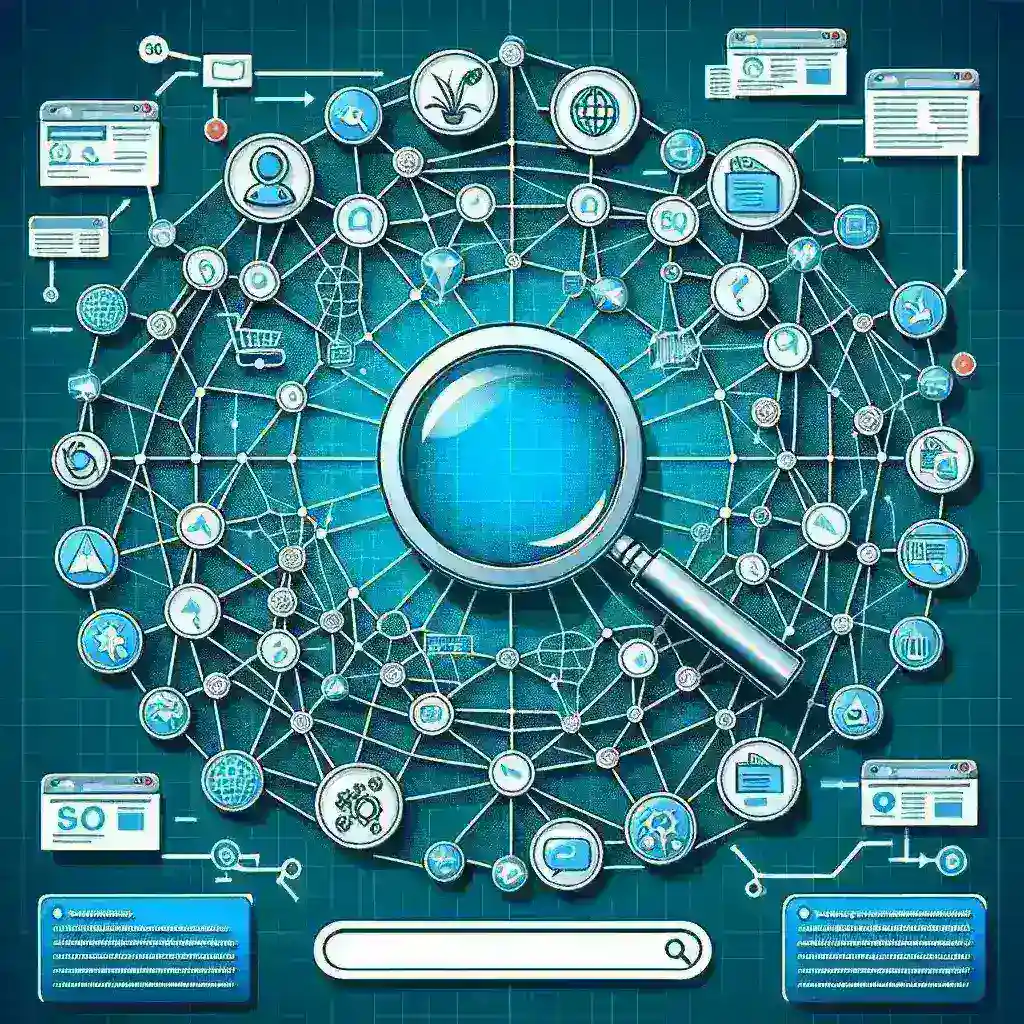The rapid advancement of artificial intelligence (AI) has revolutionized various sectors, with language translation and communication standing out as prime examples of transformative innovation. The ability to break down language barriers and enhance global communication has never been more critical in our interconnected world. AI-driven tools and technologies have elevated the field of language translation, enabling more accurate, faster, and culturally sensitive translations. This article delves into the various ways AI is enhancing language translation and communication, examining the impact on global interactions, the challenges faced, and the future potential of AI in this domain.
The Evolution of Language Translation
The Early Days of Machine Translation
Language translation, a challenging endeavor, has a long history dating back to ancient civilizations. However, machine translation (MT) as we know it began in the mid-20th century. Early efforts relied heavily on rule-based systems that required extensive linguistic knowledge and manual programming. These systems were limited by their inability to handle the complexity of human language, leading to translations that were often awkward and inaccurate.
The Rise of Statistical and Neural Machine Translation
The introduction of statistical machine translation (SMT) in the 1990s marked a significant shift in the field. SMT utilized vast amounts of bilingual text to generate translations based on the probability of word sequences. While SMT improved translation quality, it still struggled with context and idiomatic expressions.
The advent of neural machine translation (NMT) in the 2010s brought about a paradigm shift. NMT systems, powered by deep learning algorithms, could process entire sentences as a whole, rather than translating word by word. This approach allowed for more fluid and contextually accurate translations, dramatically improving the quality of machine-generated translations.
How AI is Revolutionizing Language Translation
Deep Learning and Neural Networks
AI’s use of deep learning and neural networks is fundamental to the modern translation revolution. These technologies enable machines to understand and translate entire sentences, paragraphs, or documents by considering the context in which words are used. This leads to translations that are not only more accurate but also more natural-sounding.
- Example: Google Translate uses neural machine translation to provide highly accurate translations, leveraging a large corpus of multilingual data to train its neural networks. This allows it to handle text in over 100 languages.
Natural Language Processing (NLP)
Natural Language Processing (NLP) focuses on how computers interact with human language. It is essential for grasping language nuances such as syntax, semantics, and context. AI-driven NLP tools analyze sentence structures, identify key elements, and generate translations that maintain the original meaning and tone.
- Example: Microsoft Translator utilizes NLP to offer high-quality translations. The tool not only translates text but also provides contextual meanings and synonyms, which help users understand the translated text better.
Real-Time Translation and Communication
Real-time translation technology enables instant communication between people speaking different languages, facilitating smoother global interactions.
- Example: AI-powered translation devices like Travis Touch and Pocketalk offer real-time translations of spoken language, making them useful for travelers, business professionals, and others involved in cross-cultural communication.
Multimodal Translation
AI is enhancing translation through multimodal capabilities, allowing for the translation of text, speech, and images. This is particularly beneficial when context is conveyed through more than just words, such as in multimedia content.
- Example: AI-powered subtitling software can automatically generate subtitles in multiple languages for videos, while AI-driven dubbing tools translate and synchronize actors’ speech across different languages.
Cultural Sensitivity in Translation
AI is being trained to understand cultural nuances, idioms, and local expressions to improve translations. This cultural sensitivity helps ensure that translations resonate with the target audience.
- Example: AI is used in localized marketing campaigns to tailor messages to different cultures and languages by analyzing local trends and preferences, ensuring that marketing content is adapted to the cultural context of the target market.
The Impact of AI-Driven Translation on Global Communication
Bridging Language Gaps in Business
AI-powered translation tools are transforming the business world by enabling seamless communication between global partners. This has led to increased collaboration, faster decision-making, and the ability to tap into new markets without the language barrier.
Enhancing Accessibility
AI-driven translation is making information more accessible to people around the world. Websites, apps, and digital content can now be translated into multiple languages, ensuring that non-native speakers can access the same information as native speakers.
Example: Multilingual Websites
Companies are using AI to create multilingual websites that automatically detect a user’s language preference and deliver content in their native language. This not only enhances user experience but also broadens the reach of the website.
Empowering Education
AI is playing a significant role in education by breaking down language barriers. Online courses and educational materials can now be translated into multiple languages, making education more accessible to students around the world.
Example: MOOCs and Online Learning Platforms
Massive Open Online Courses (MOOCs) and platforms like Coursera and edX are leveraging AI to translate course content, enabling students from different linguistic backgrounds to access world-class education.
Facilitating International Diplomacy
In the realm of international diplomacy, accurate translation is crucial. AI-driven translation tools are being used to facilitate communication between diplomats, ensuring that discussions and negotiations are understood by all parties involved.
Enhancing Travel and Tourism
The travel and tourism industry is benefiting immensely from AI-driven translation. Tourists can now navigate foreign countries with ease, thanks to translation apps and devices that provide instant translations of signs, menus, and conversations.
Challenges in AI-Driven Language Translation
Maintaining Accuracy and Context
AI has improved translation accuracy but struggles with context, especially with idioms and complex sentences. Here are the main issues:
- Idiomatic Expressions: Phrases with non-literal meanings can be misunderstood by AI, leading to translations that miss the intended meaning.
- Complex Sentence Structures: AI may misinterpret intricate sentences, causing errors in meaning or nuance.
- Contextual Misinterpretations: AI can struggle to grasp broader context, resulting in translations that are grammatically correct but contextually off.
Handling Low-Resource Languages
AI translation excels with widely spoken languages but faces challenges with low-resource languages due to:
- Scarcity of Training Data: Limited data hampers the development of effective translation models.
- Few Language Resources: Lack of digital and written resources makes it difficult to train AI systems.
- Development Difficulties: Gathering and annotating data for low-resource languages is challenging, affecting translation quality.
Addressing Cultural Nuances
Cultural nuances are tough for AI to handle. Key challenges include:
- Idioms and Expressions: AI struggles to translate culturally specific phrases accurately.
- Jokes and Humor: Humor often relies on cultural context, making it hard for AI to translate effectively.
- Cultural References: References unique to a culture may not translate well, leading to misunderstandings.
Ethical Considerations
Using AI in translation raises several ethical concerns:
- Data Privacy: Protecting sensitive information is crucial.
- Bias in AI Models: AI can reflect and perpetuate biases from training data.
- Impact on Human Translators: The rise of AI tools may affect the employment of professional translators.
The Future of AI in Language Translation and Communication
Integration with Augmented Reality (AR)
The integration of AI with augmented reality (AR) holds promising potential for the future of language translation. Imagine wearing AR glasses that provide real-time translations of signs, menus, or conversations directly in your field of vision. This technology could revolutionize how we interact with foreign environments, making language barriers almost nonexistent.
Advancements in Voice Recognition and Synthesis
As voice recognition and synthesis technologies continue to advance, we can expect AI-driven translation tools to become even more sophisticated. Future AI systems may be able to translate spoken language with near-perfect accuracy and replicate the speaker’s tone and emotion, creating a more natural and seamless communication experience.
Personalization and Adaptation
AI systems are likely to become more personalized and adaptive, learning from individual users’ language patterns, preferences, and communication styles. This personalization will lead to translations that are not only accurate but also tailored to the user’s unique way of speaking and understanding language.
Breaking Down Language Barriers in Real-Time Video Communication
With the rise of remote work and virtual meetings, the demand for real-time translation in video communication is growing. AI-driven tools that can translate live conversations during video calls will play a crucial role in global business, education, and social interactions.
Expansion to More Languages and Dialects
As AI technology advances, we can expect to see translation tools expanding their capabilities to include more languages and dialects, particularly those that are currently underrepresented. This expansion will further democratize access to information and enable even more people to communicate across linguistic boundaries.
Ethical AI and Bias Mitigation
The future of AI-driven translation will also involve addressing ethical concerns, particularly in mitigating biases in AI models. Efforts to create more transparent, fair, and accountable AI systems will be crucial in ensuring that translation tools serve all users equitably.
Comparison of Traditional vs. AI-Driven Translation
| Feature | Traditional Translation | AI-Driven Translation |
| Speed | Slow (requires human effort) | Fast (real-time or near-real-time) |
| Accuracy | High (with skilled translators) | Varies (high for common languages) |
| Cultural Sensitivity | High (with skilled translators) | Improving (still in development) |
| Cost | Expensive (especially for large projects) | Cost-effective (scalable solutions) |
| Accessibility | Limited (requires human translators) | Broad (available to anyone with a device) |
| Scalability | Limited (human resource-dependent) | High (easily scaled with technology) |
| Handling Low-Resource Languages | Good (with skilled translators) | Challenging (limited data for training) |
AI-Driven Communication Tools
AI Chatbots and Virtual Assistants
AI chatbots and virtual assistants are becoming integral to customer service, allowing businesses to communicate with customers in multiple languages. These tools can understand and respond to queries in real-time, providing a seamless communication experience.
Speech-to-Text and Text-to-Speech Technologies
Speech-to-text and text-to-speech technologies powered by AI are improving accessibility for people with disabilities and enhancing communication in multilingual environments. These tools can transcribe spoken language into text or read text aloud in different languages.
AI in Social Media Communication
Social media platforms are leveraging AI to translate posts and comments in real-time, enabling users from different linguistic backgrounds to interact with each other. This capability is fostering greater cross-cultural communication and understanding.
AI-Powered Messaging Apps
Messaging apps like WhatsApp and Facebook Messenger are incorporating AI-driven translation features, allowing users to send and receive messages in different languages without leaving the app. This integration makes multilingual communication more effortless and intuitive.




